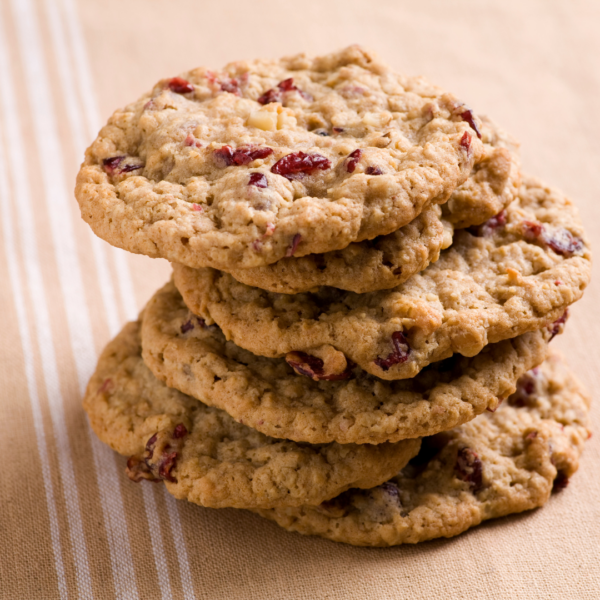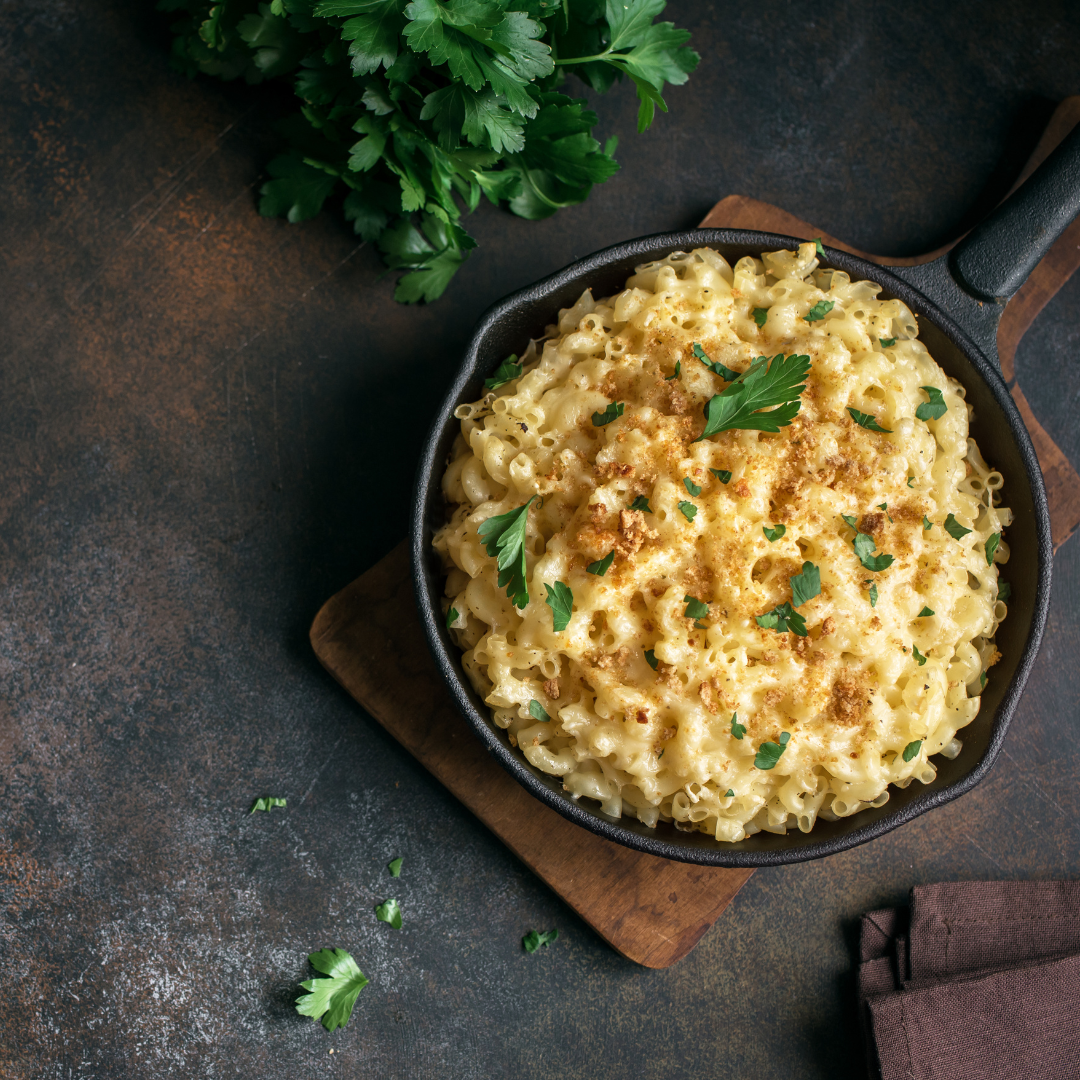Health & Nutrition with Chef Hanna: Trail Mix Cookies
“Food is our common ground, a universal experience.” – James Beard
There is debate as to how and when the Pittsburgh cookie table came to be, but there is no question that it’s a Pittsburgh tradition. Some say the tradition came about during the Great Depression. It’s said that wedding guests would bring their favorite cookie to the table to lessen the financial burden of the evening for the newlywed couple. In this sense, families and communities came together to support the couple as they embark on their new lives together.
Family and friends start planning cookie tables just about as soon as the wedding planning starts. Everyone seems to have their own specialty cookie that they’re sure to bring. Each step of a cookie table involves community – from planning, to preparing, storing, and finally displaying at the event. Folks start baking cookies months before the wedding, storing them in every inch of freezer space available before the big day. Even after the wedding, cookies are enjoyed and given away for weeks following the big day. Visits to Grandma usually involve a sendoff of a Ziploc bag of the cookie spread (Grandma being sure that you don’t go home empty-handed while also trying to reclaim an inch of freezer space). Platters and trays will be filled up with cookies at every get-together for months to come. It’s always a good reminder of who made what cookie and the love that went into preparing each and every one.
The first time I brought my Californian husband to a Pittsburgh wedding, he couldn’t wrap his head around not the one, but the two cookie tables that flanked the reception hall. The first dessert plate he grabbed had just a couple of cookies, followed by a second plate, and then a third. As wedding photos started to take longer than expected, he realized that the cookies on the opposite table held different options than the first and had to start the sampling process all over again. By the time dinner was served, he had enjoyed so many cookies he turned his head up at the steak tips, which was unheard of for my meat-loving fella. Later, when he proposed to me, the first question was if I would marry him, quickly followed by the question of which cookies would be on our cookie table.
Weddings are already a community event, but Pittsburghers add another layer of community with the love that comes along with preparing and presenting a cookie table. While working at a resort in California, I came across an order for a wedding that included the cake I would be preparing, as well as a note about the hundreds of cookies being shipped in that would need to be stored before the reception. I knew immediately that at least one of the families involved in the wedding was from Pittsburgh and had an instant connection to these folks who I hadn’t even met. Cookie tables are a great way to bring people together while creating a sense of community.
My favorite cookie is a gooey chocolate chip cookie, but being high in carbs, sugar, and fat, they aren’t necessarily the best cookie for you. Chocolate chip cookies are great as a decadent treat, but a more health-friendly cookie is my very own “Trail Cookie.” They are gluten-free, high in protein (thanks to peanut butter), and contain multiple fruits. These cookies are still considered a treat, but are a better balanced option. Enoy!
Hanna’s Trail Mix Cookies
- ½ Cup Apple Sauce
- 1 Cup Sugar
- ½ Cup Peanut Butter
- 2 Cups Oats
- 1 Cup Coconut
- ½ Cup Raisins or Craisins
- 1 Tsp Cinnamon
- ½ tsp Baking Soda
- ½ Cup Chocolate Chips
Preheat oven to 350F and line a cookie sheet with parchment paper. Mix apple sauce, sugar, and peanut butter together, and then stir in the remaining ingredients. Scoop dough using a small cookie scoop (1 tablespoon scoop) or a tablespoon, and drop onto the prepared cookie sheet. Bake cookies for 11 to 12 minutes, just until set.
Written by Hanna McCollum, Iris Respite House Chef & Innkeeper



